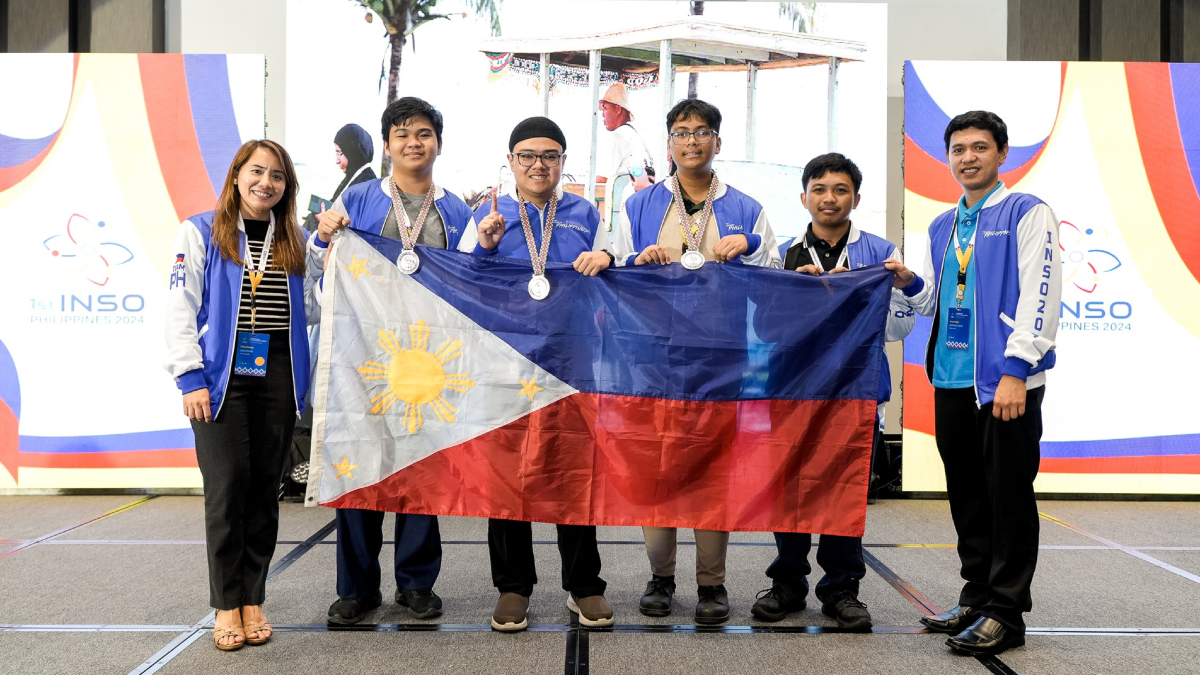Three Filipino students emerged victorious at the inaugural International Nuclear Science Olympiad (INSO) held from August 1 to 6 in New Clark City, Pampanga, showcasing the Philippines’ strength in nuclear science education.
According to an ABS-CBN News report, Mohammad Nur Casib, representing the Philippine Science High School (PSHS)-Central Mindanao Campus, secured the top spot with a gold medal, earning the highest scores in both theoretical and overall assessments. His outstanding performance also earned him the prestigious title of Nuclear Ambassador, a recognition conferred by the International Atomic Energy Agency (IAEA).
Joining him in the winners’ circle was Neil Kyle Maniquis from Manila Science High School, who also clinched a gold medal, and Jeremiah Auza, the youngest member of the Philippine team, who took home a silver medal. Auza, hailing from Tagbilaran, Bohol, is a student at the PSHS-Central Visayas Campus.
The competition, which featured a combination of theoretical and experimental assessments, saw participation from 54 junior and senior secondary students across the Asia-Pacific region. The Philippine team, composed of four students selected from over 400 applicants, underwent rigorous training and examination by the Philippine Nuclear Research Institute (PNRI) before representing the country.
Kristine Marie Dean, the head coach of the Philippine team, highlighted the challenging nature of the competition. “During the exam, it’s a total of two experimental problems to be answered in 3.5 hours, and the theoretical part consists of five items to be completed in five hours,” she explained.
The event was organized by the Department of Science and Technology-Philippine Nuclear Research Institute (DOST-PNRI) in collaboration with the IAEA and other local organizations. Fourteen countries, including Bahrain, Iran, UAE, and Malaysia, sent their best students to compete in the Olympiad.
Ana Elena Conjares, chairperson of the local organizing committee, underscored the importance of the competition in raising awareness about nuclear science. “It also raises awareness among our secondary students and the Department of Education that it would be very important to include nuclear topics in our secondary education,” she said.






